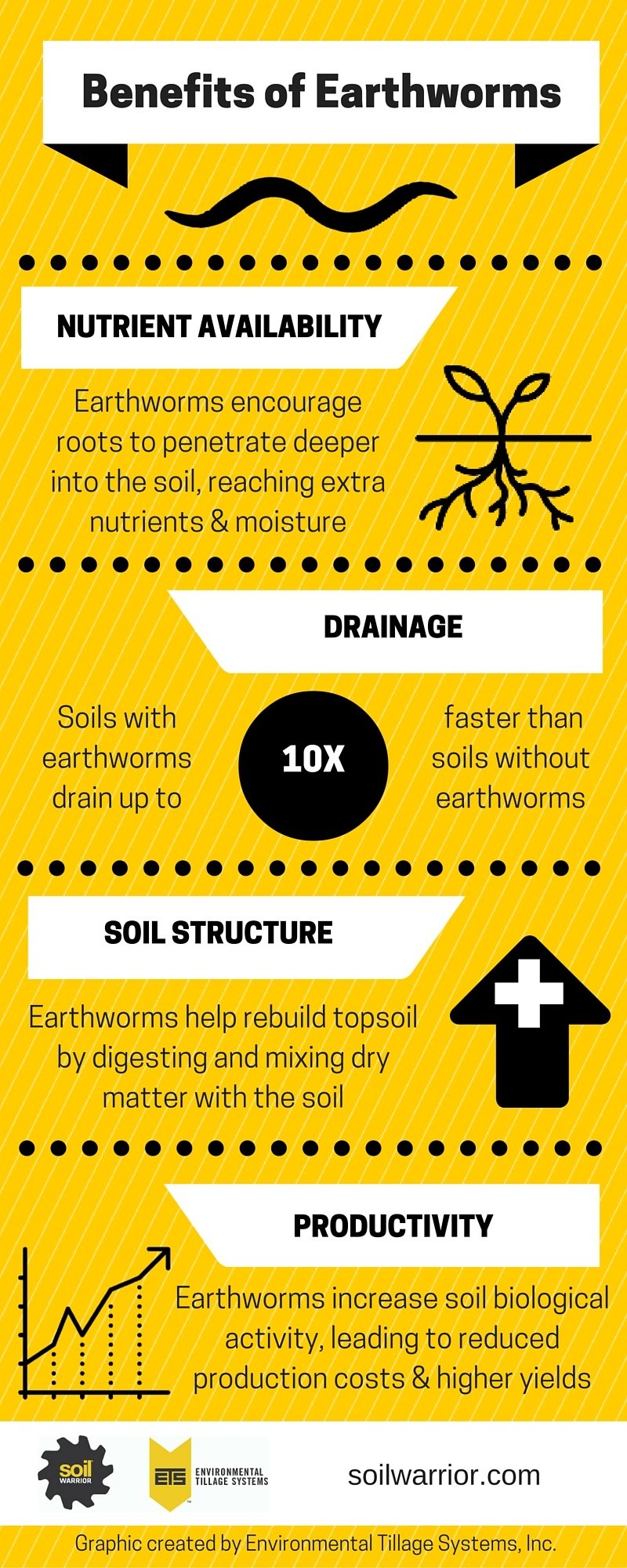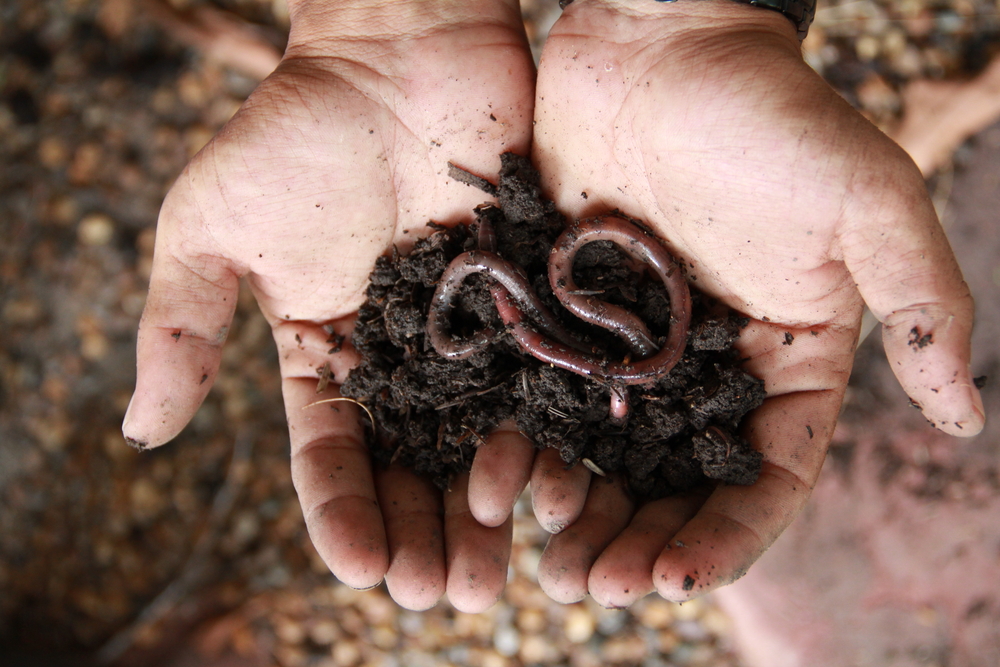North Carolina Worms Things To Know Before You Get This
North Carolina Worms Fundamentals Explained
Table of ContentsNorth Carolina Worms Fundamentals ExplainedNorth Carolina Worms Things To Know Before You BuyNorth Carolina Worms - TruthsAll about North Carolina Worms
Instance: 1-gallon of worm spreadings to 4 gallons of potting mix. 1/2 mug in the base of the growing opening for smaller sized plants. 1 mug for larger plants.
The enhancement of tea can likewise include boosted microbial biomass to your soil. You can always side-dress your plants with worm spreadings at any moment. Just bear in mind, the bacteria will pass away if exposed to UV rays (Sunlight), so make sure to cover the castings with an inch approximately of soil.
This baffled them for years till the screening techniques came to be much better. It would certainly get far better(with even more castings), degree off, and after that decline. Too lots of worm spreadings would speed up the development to a pace that the plant might not recoup from.
A Biased View of North Carolina Worms
I have stated the merits of worm spreadings for regarding 2000 words. Worm spreadings are no various. It takes time to produce high quality worm castings.
Worm spreadings absolutely cost more than chemical plant foods. Worm castings are on the more affordable end of organic fertilizers. (50 gallons per year) It is a much harder and very expensive investment to produce large amounts of worm castings.

Actually, creating a healthy dirt may be the best advantage of worm castings. Healthy and balanced dirt was gone over and exactly how essential this has become to everybody. The leading 10 advantages of worm spreadings were also presented. We discussed worm spreadings NPK and additionally the appropriate nutrient analysis that ought to use to worm spreadings.
The Best Guide To North Carolina Worms
Finally, we chatted about a few of the disadvantages connected with worm spreadings. I covered a whole lot of material in this short article. There are a great deal of web links (inner and external). If you would like more info on a certain subject, please click via the links to read more. As always, really feel cost-free to comment or ask questions.
The vertical burrows are normally open, although the worms cap the top with residue and excrement. Origins require oxygen for their development, whereas they create carbon dioxide that needs to leave the dirt.
Earthworms increase porosity by 2 devices: (1) by developing irreversible burrows, and (2) by improving soil gathering. Gathering is enhanced by the mixing of soil and raw material in the earthworms' digestive tracts. North Carolina Worms. These very steady aggregates are deposited by some earthworms in their burrows, and by others at the surface area of the soil


In another study, earthworms were estimated to eat 4 to 10 percent of the top 6 inches of the soil every year. Dirt compaction reduces the porosity of the soil.
North Carolina Worms - An Overview
Typical earthworm populaces can conveniently eat 2 lots of dry issue per acre each year, partly absorbing and blending it with dirt. The significance of earthworms to mix surface area deposit with soil becomes very clear in dirts that do not have any type of earthworms. Most of our Pennsylvania dirts contend least some earthworms, and the impact of their complete absence, therefore, can not be kept in mind.
(https://directory5.org/North-Carolina-Worms_333119.html)In these dirts, the formation of topsoil with affordable raw material material did not occur, resulting in inadequate crop growth. When the reason was established, the federal government of the Netherlands started a project to introduce earthworms. After the intro of the earthworms, a dark topsoil layer was formed, and plant growth enhanced considerably.
They live mainly from partly disintegrated organic issue that is currently included in the dirt. They consume their way with the dirt, developing straight burrows that they full of their waste matter. These types ingest large amounts of soil that they blend with absorbed plant residue in their digestive tracts. or anecic types live in permanent vertical burrows that can be 5 or 6 feet deep.
These species consume substantial quantities of dirt that they blend with digested residue in their intestines. Their excrement is primarily transferred at the surface of the soil.